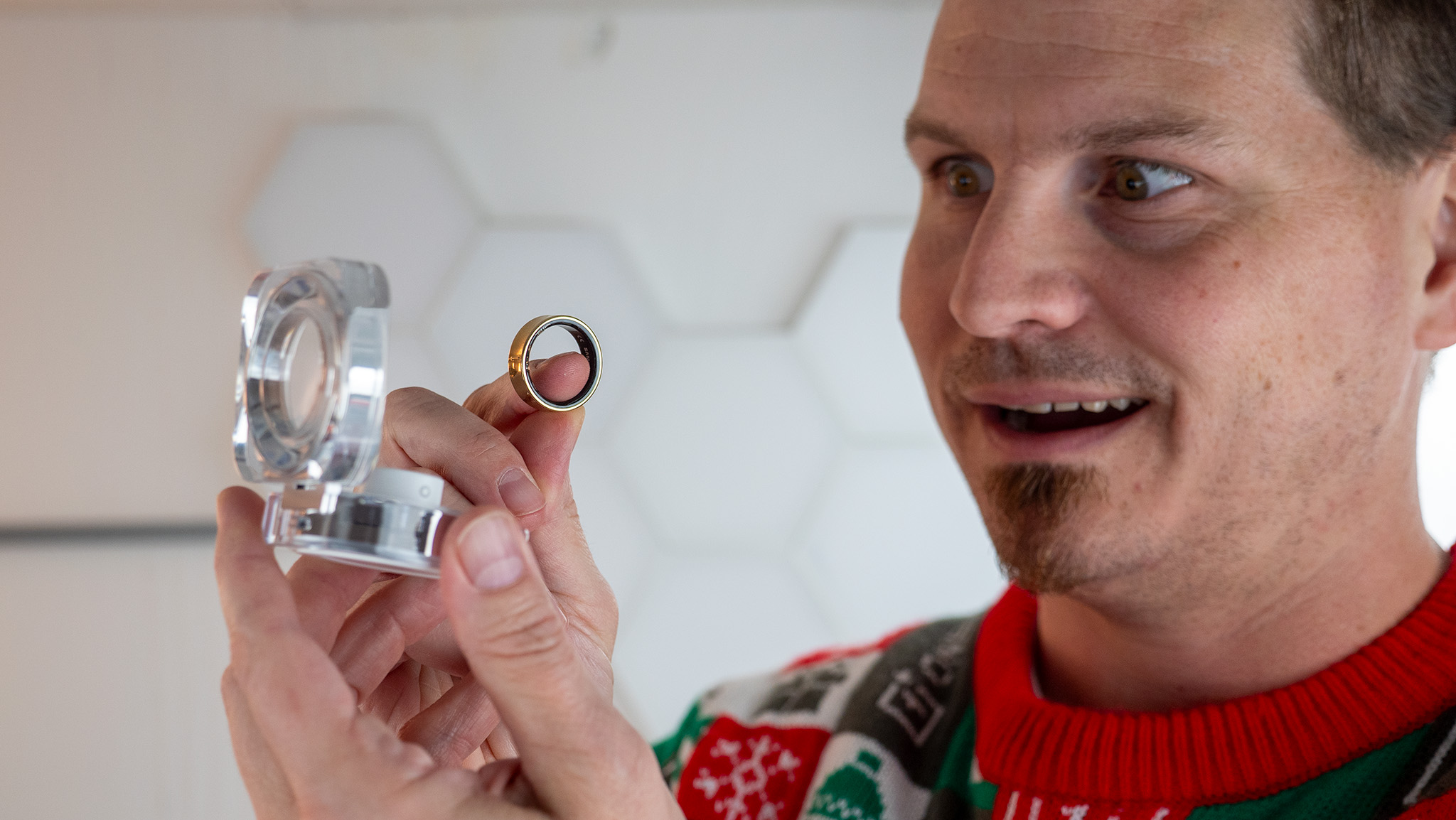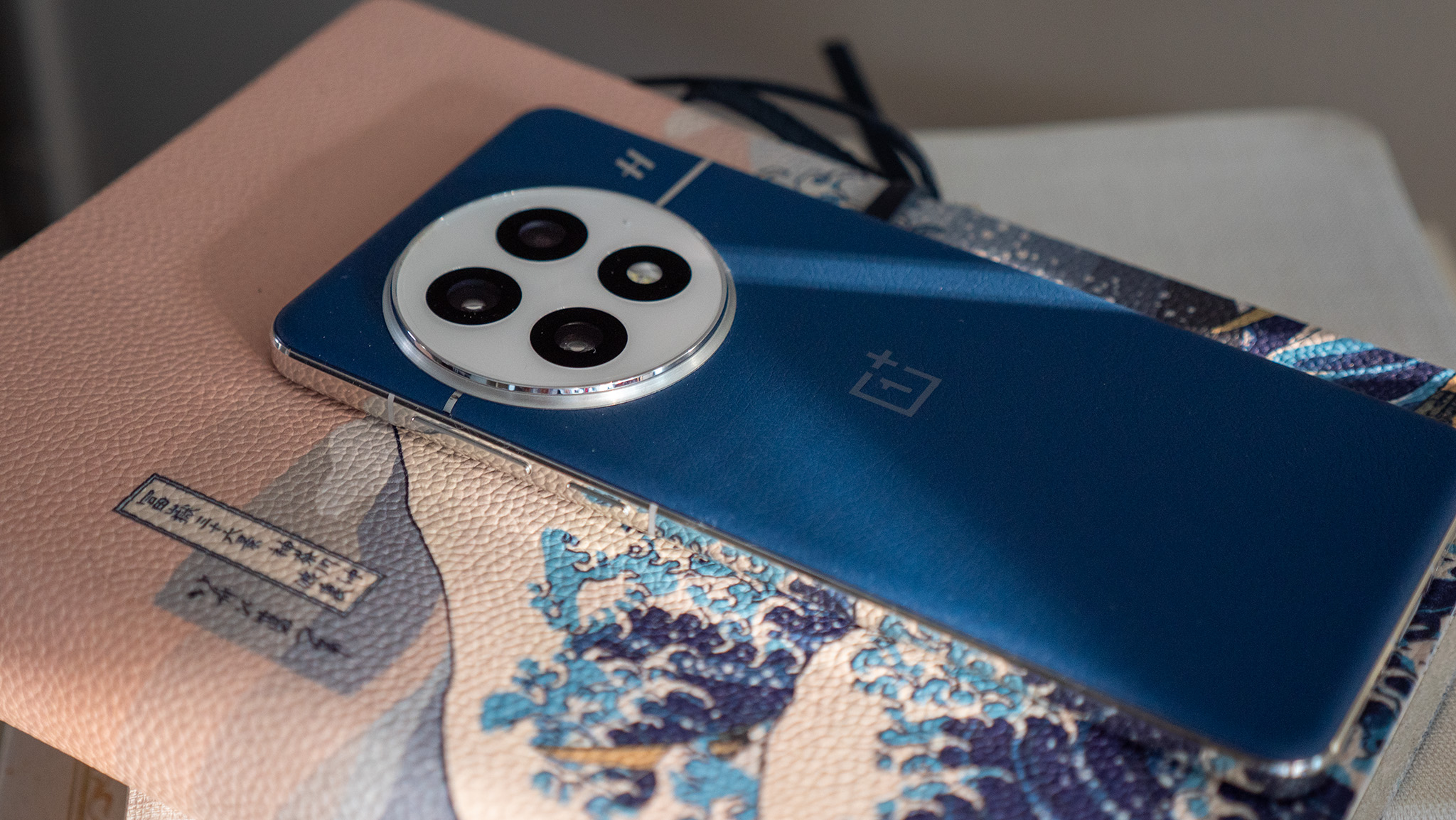Samsung Galaxy Ring
Latest about Samsung Galaxy Ring
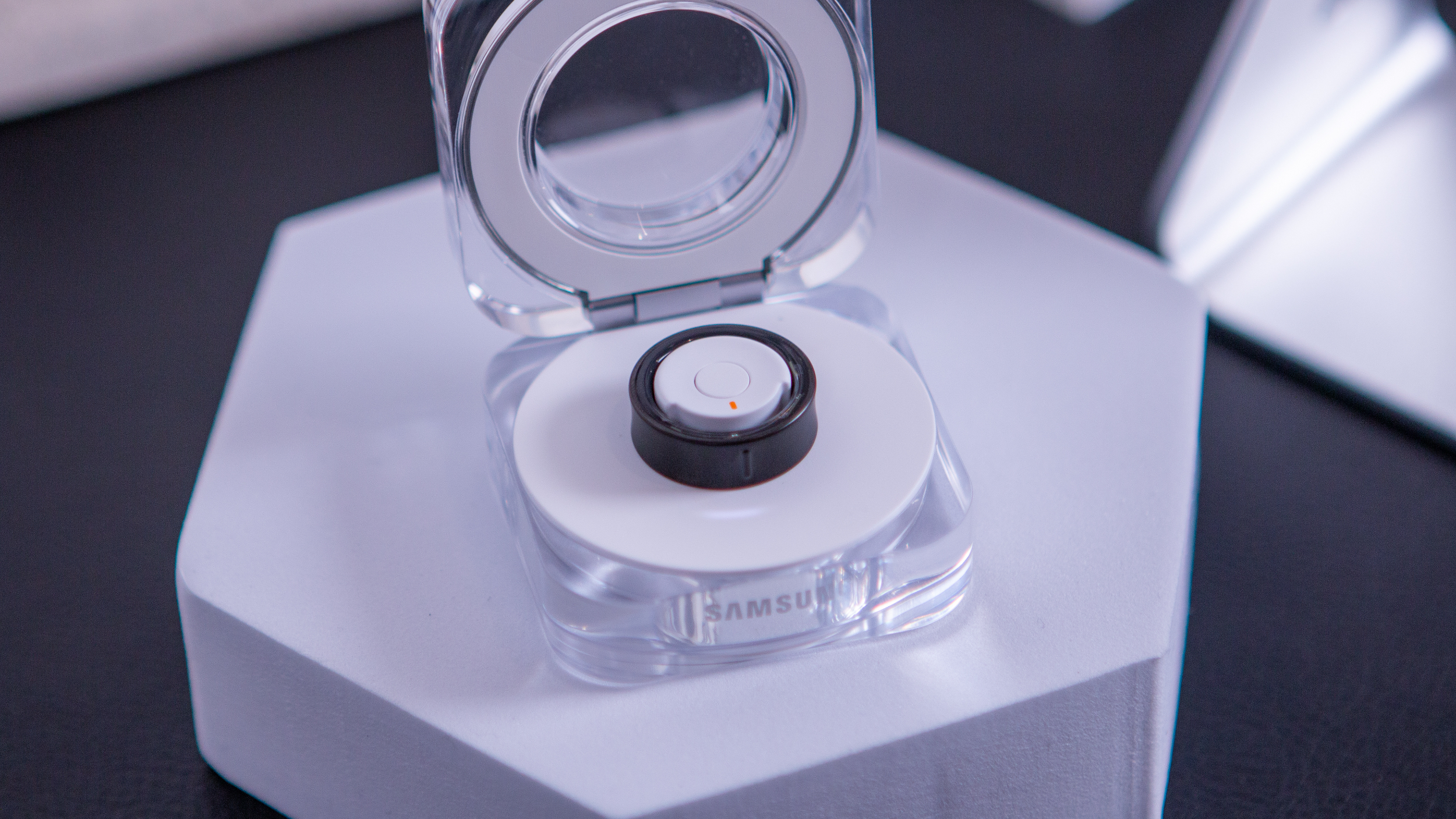
This Samsung concept plays with Galaxy Ring charging that needs a phone
By Nickolas Diaz published
Just an idea A Samsung patent illustrates Galaxy Ring charging that requires a smartphone.
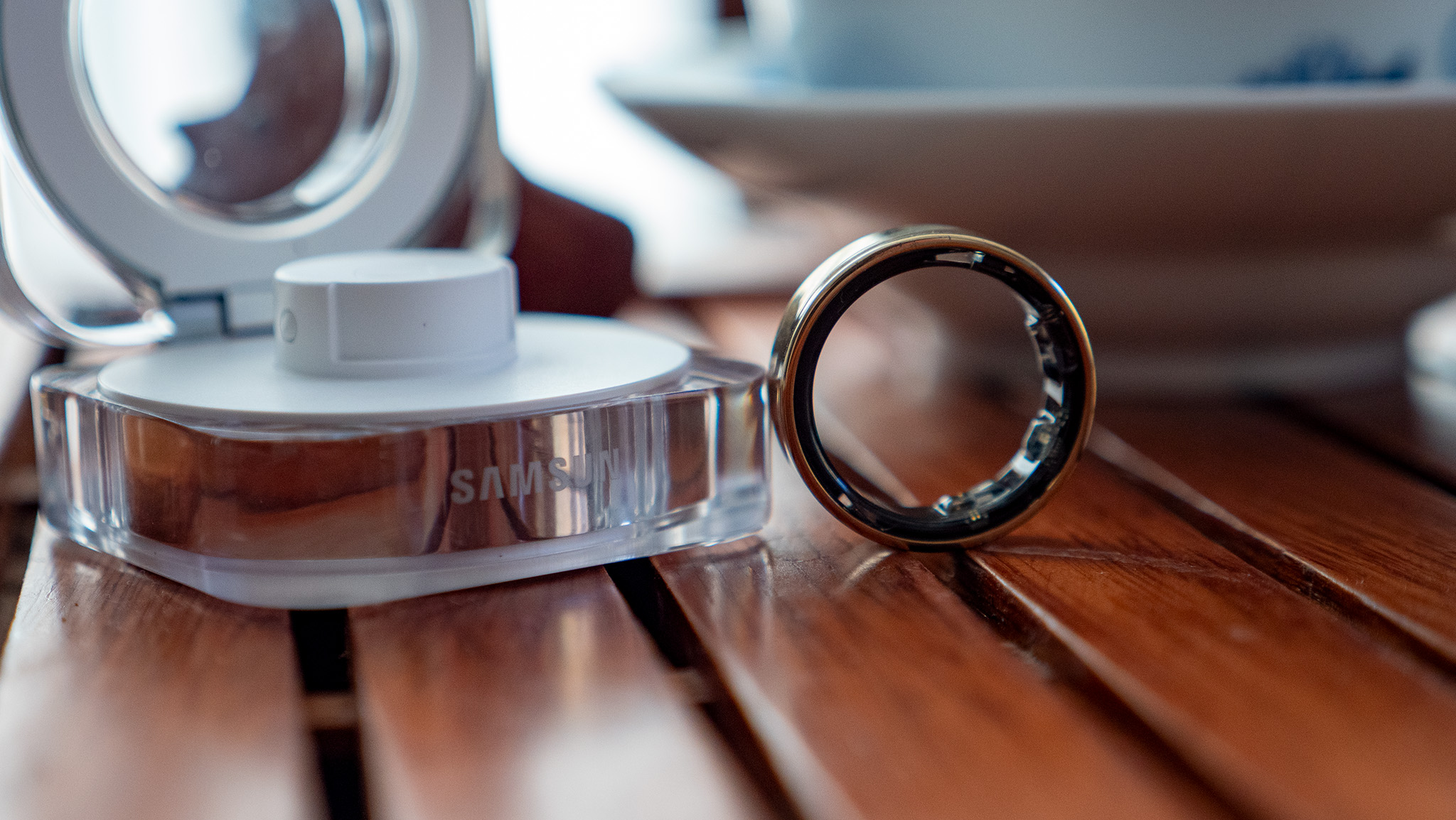
Samsung will reportedly use high-energy 'dream batteries' on the next Galaxy Ring
By Nickolas Diaz published
It's a dream A report claimed Samsung's next Galaxy Ring could grab new battery tech.
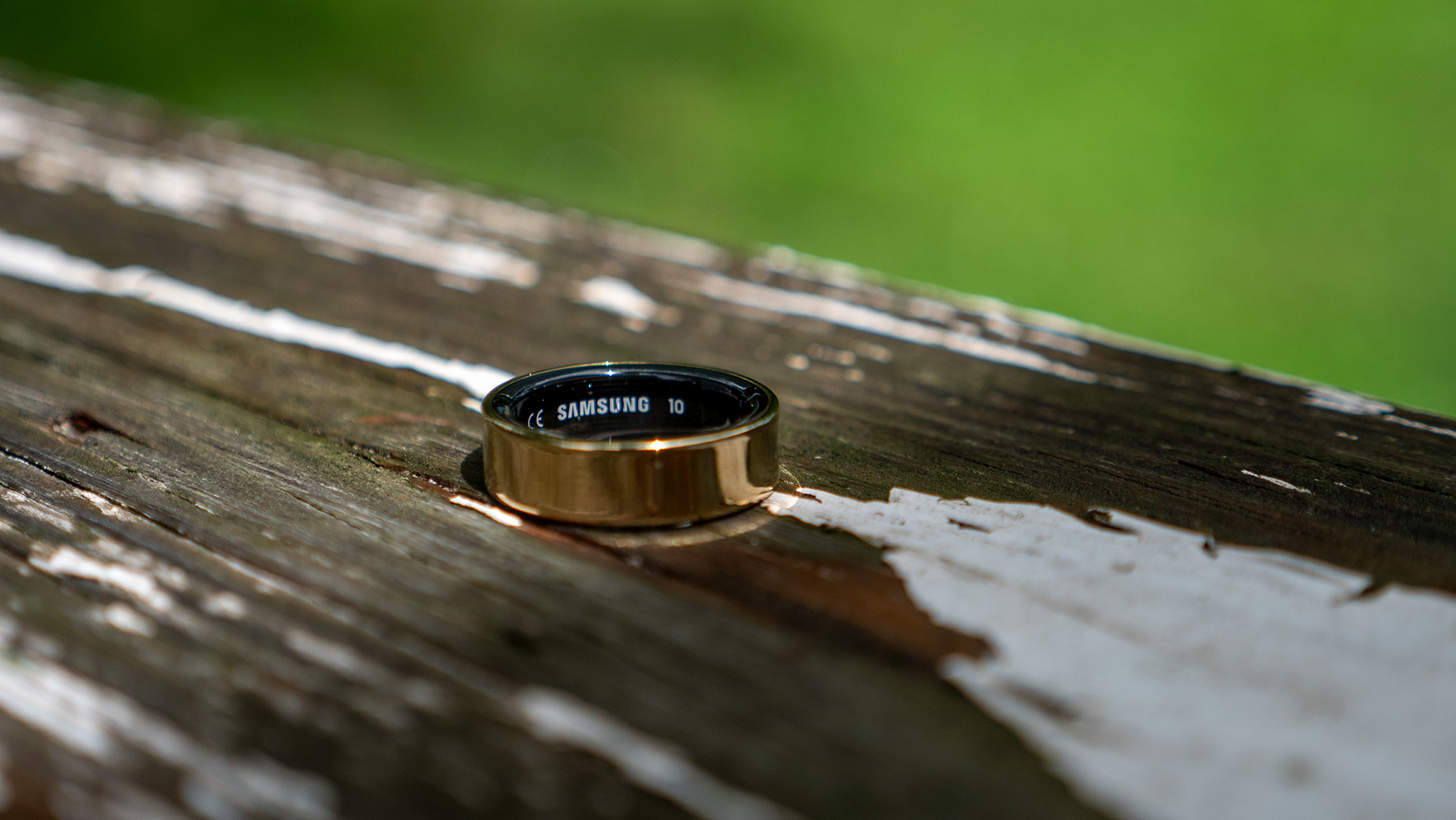
News Weekly: Samsung sued Oura and lost, Pixel phone users deal with a weird bug, and Pixel 9a finally gets a launch date
By Nandika Ravi published
News Weekly A round-up of the biggest Tech-related news that stood out this week.
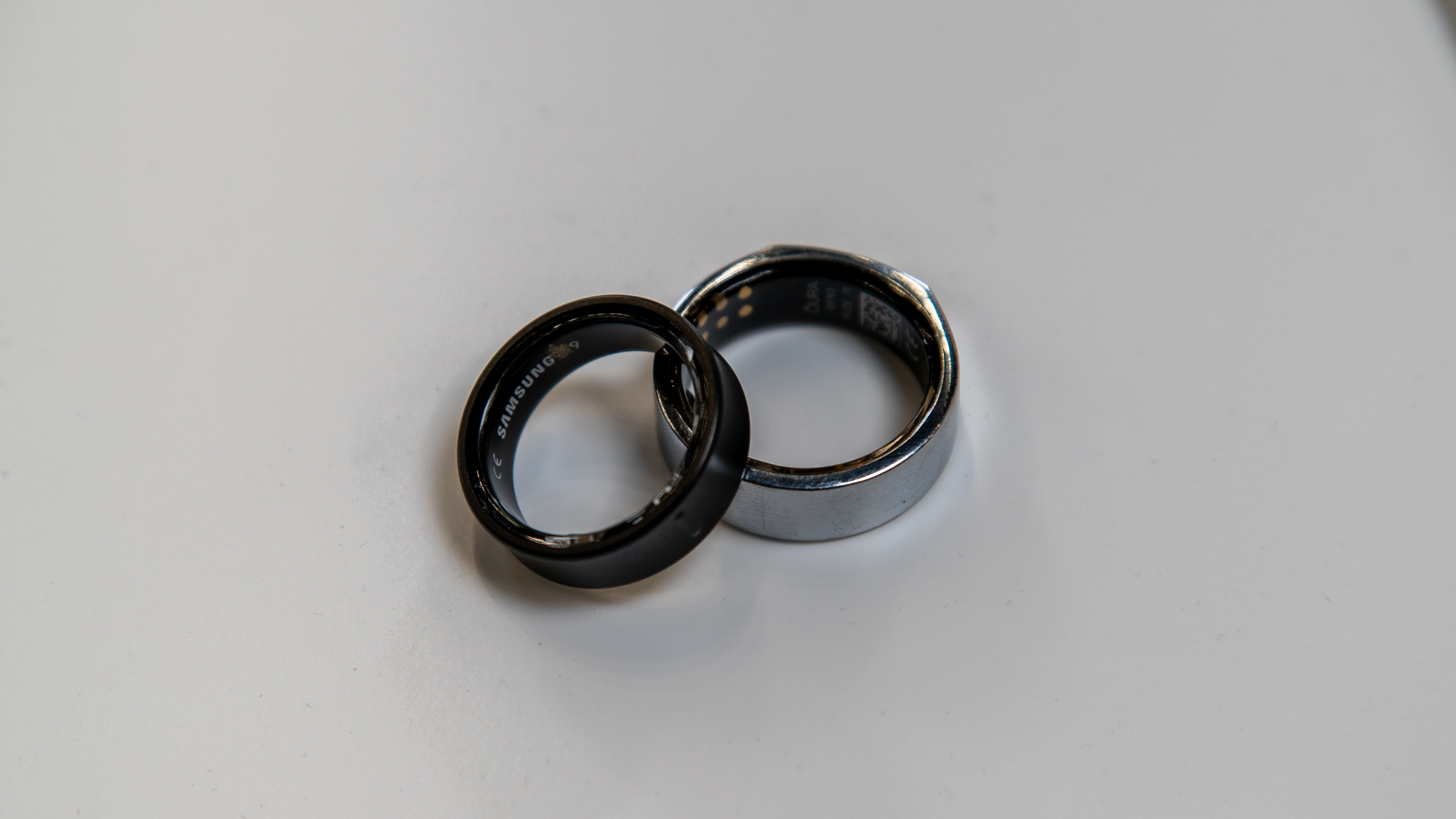
Samsung's lawsuit against Oura failed. What happens next could reshape the smart ring market
By Michael L Hicks published
Samsung v. Oura A federal judge ruled that Samsung can't prove Oura will sue them, clearing the way for Oura to do just that (barring an appeal).
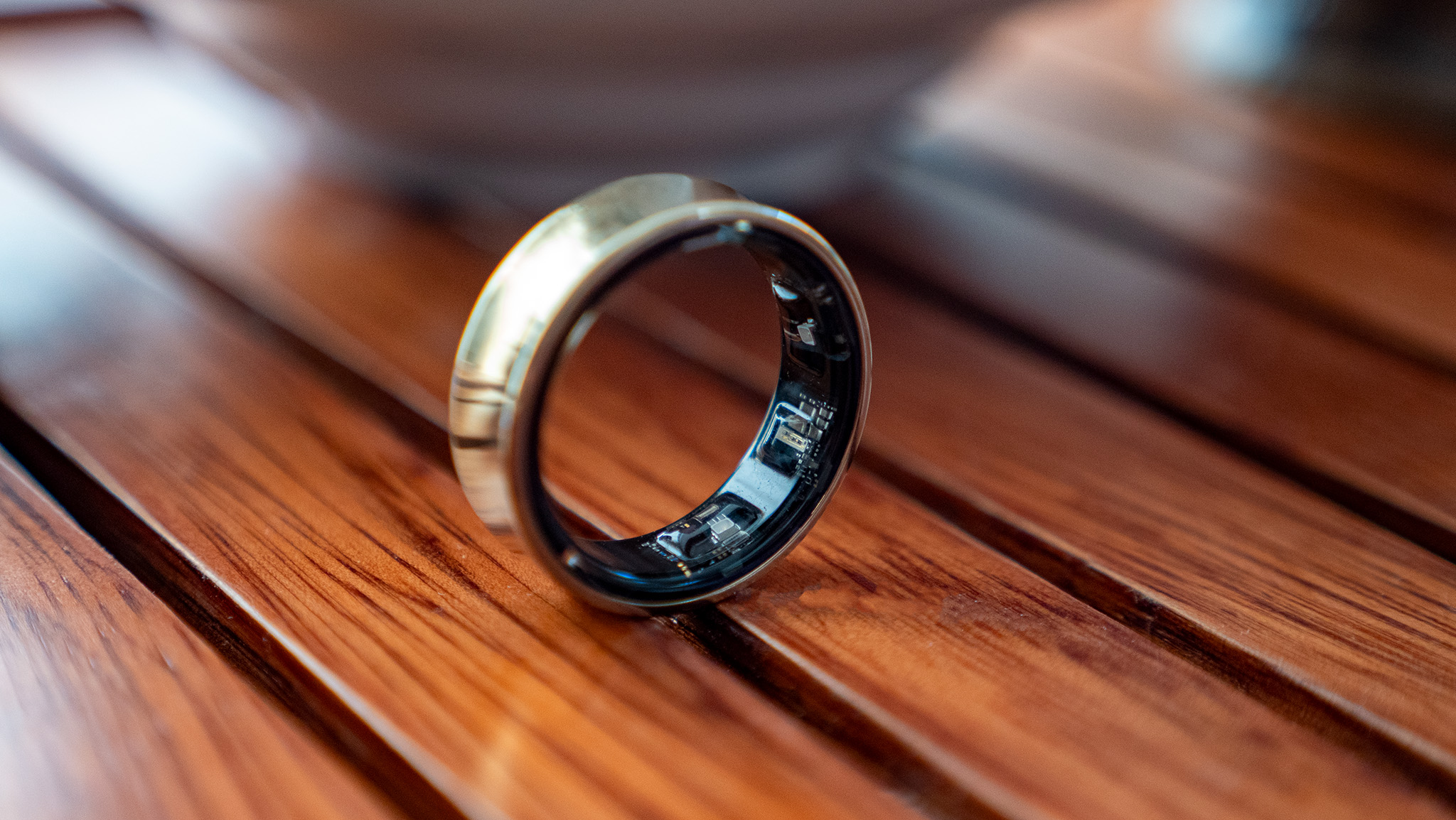
Next Galaxy Ring could come with sensors to measure body and surface temperatures
By Nandika Ravi published
Feeling the heat Samsung seems to have filed a new patent that shows a Ring fitted with temperature sensors.

Best smart rings 2025
By Derrek Lee last updated
Smart rings Smart rings are the hot new wearable on the block. Here are our favorite picks!
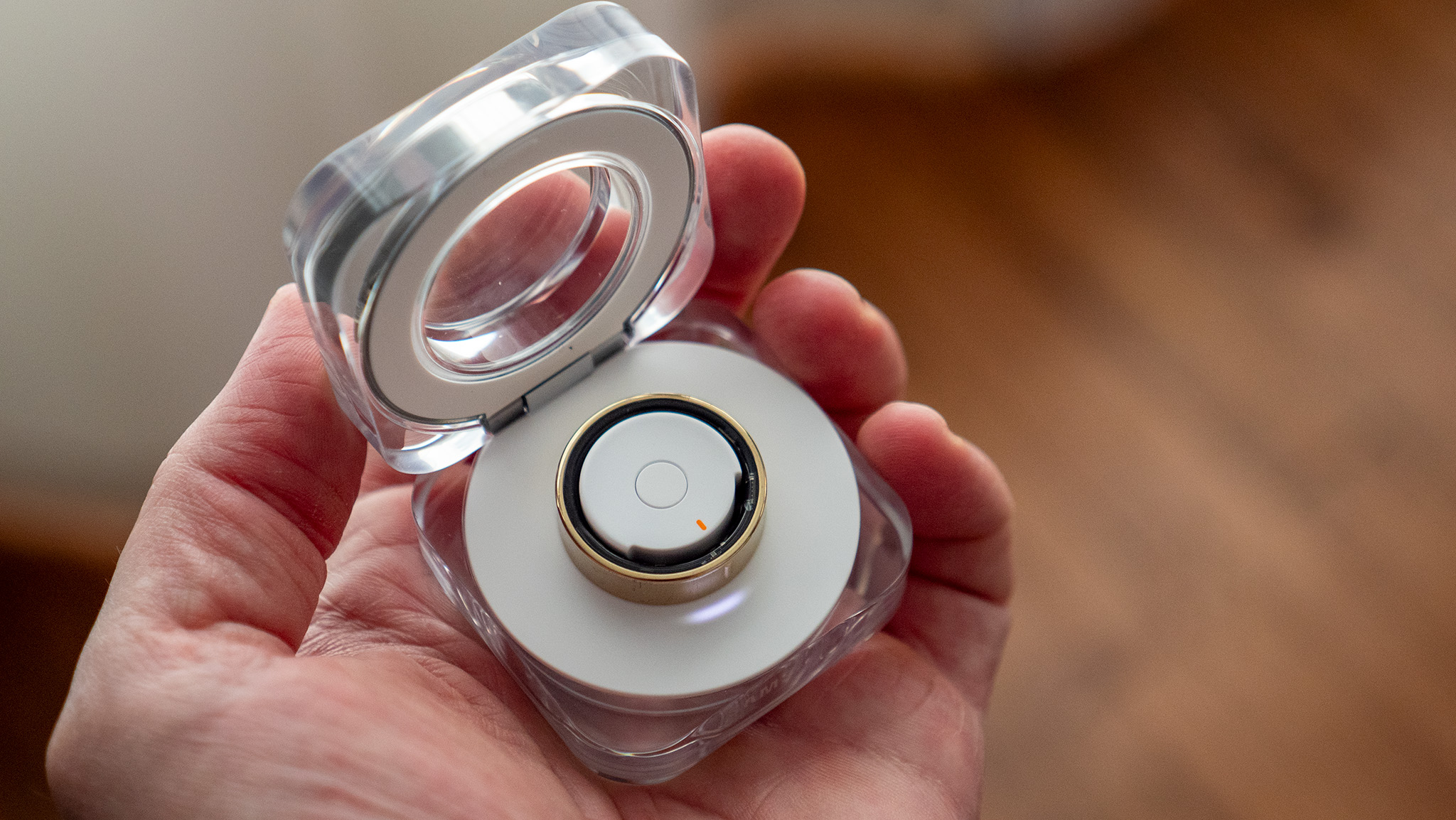
Samsung Galaxy Ring 2: Rumors and everything we want to see
By Michael L Hicks last updated
Getting smarter Samsung could show off the Galaxy Ring 2 at Galaxy Unpacked. Here's everything we know, and what we want Samsung to fix with this generation.
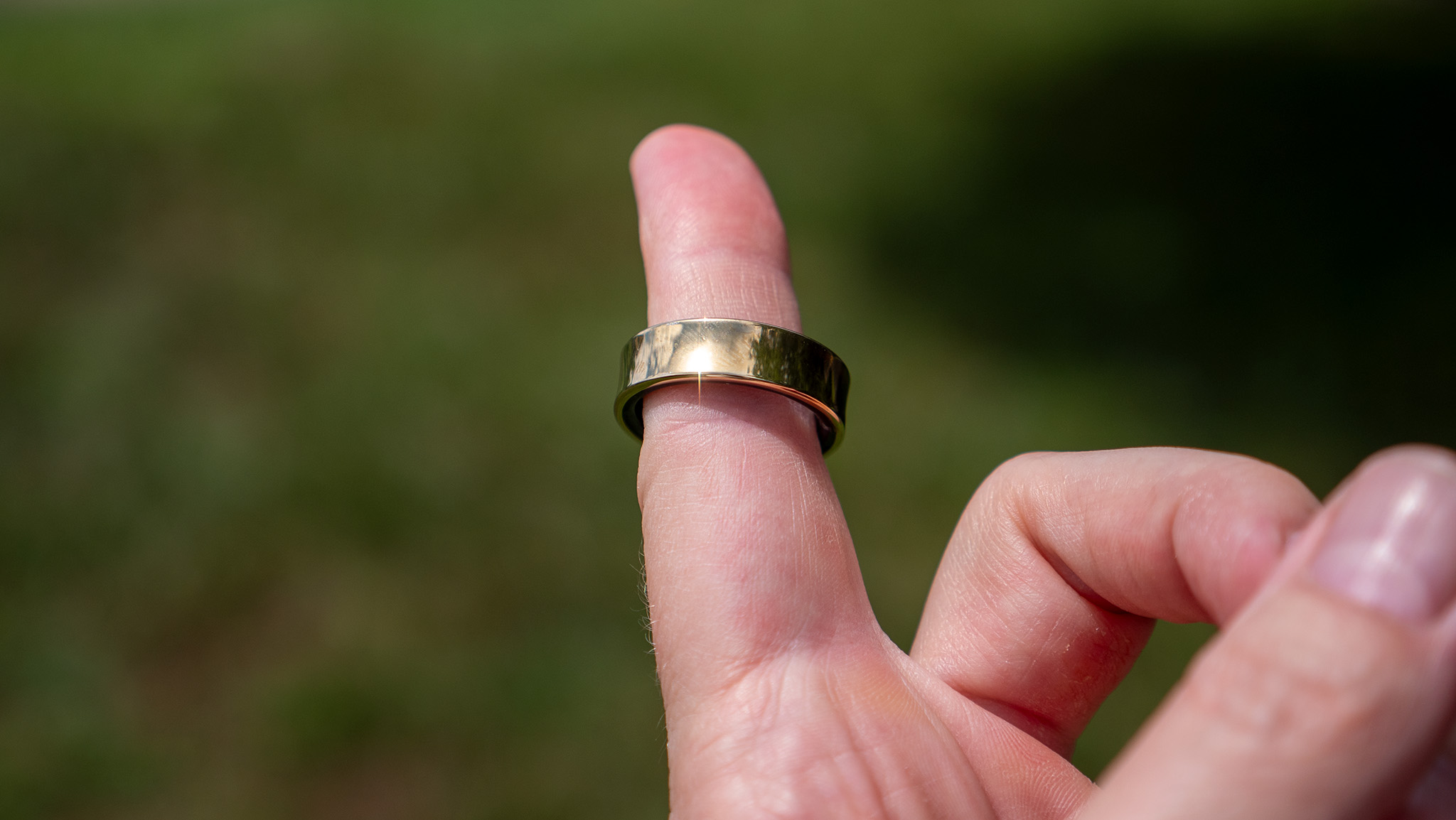
Samsung is expanding the Galaxy Ring in five important new ways
By Nicholas Sutrich published
Getting fit The Samsung Galaxy Ring now comes in two new sizes and includes a host of new sleep tracking features.
Be an expert in 5 minutes
Get the latest news from Android Central, your trusted companion in the world of Android

